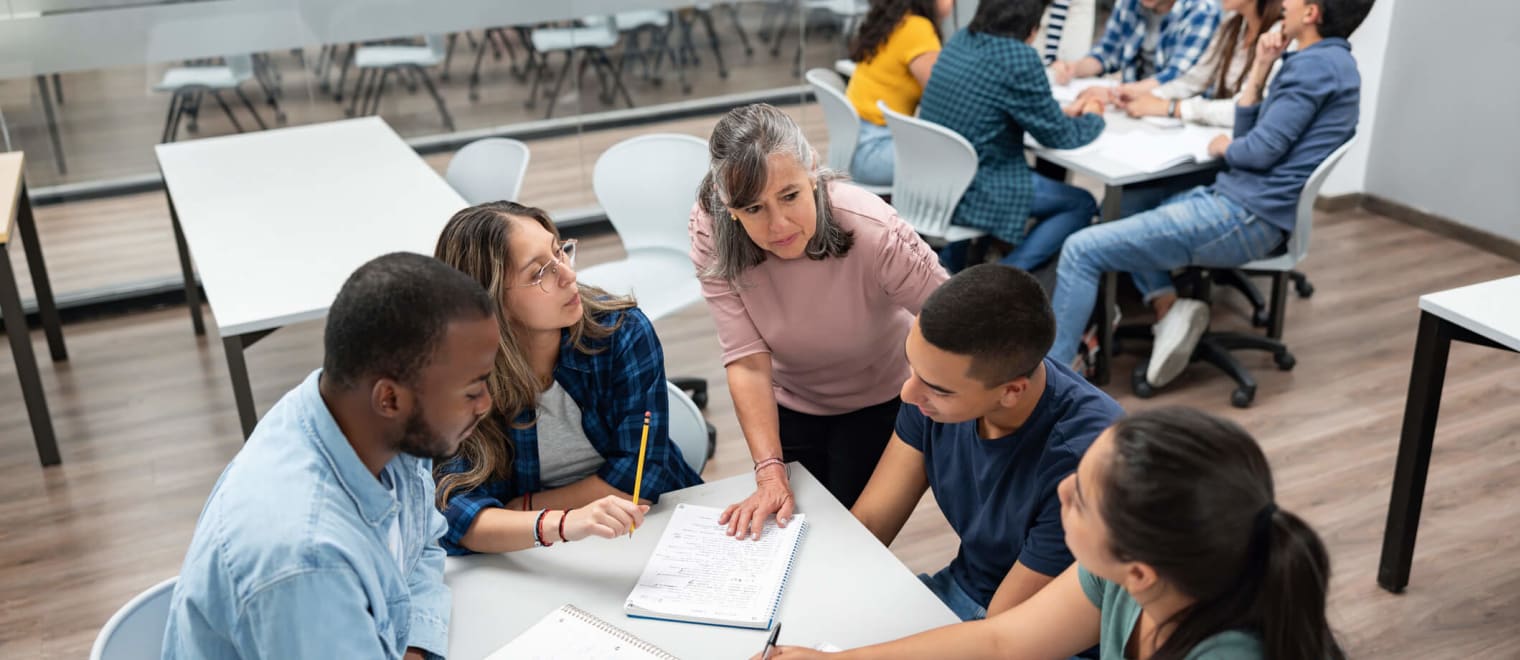This informal CPD article, ‘The Effects of Group Dynamics in Teaching and Training: Insights from “Group Processes” by Brown’, was provided by International Language Experts, who organise language training for companies and individuals.
Group dynamics significantly influence the effectiveness of teaching and training environments. Rupert Brown's seminal work, “Group Processes: Dynamics Within and Between Groups”, provides a comprehensive framework for understanding how group interactions shape learning outcomes. This article examines the effects of group dynamics in educational settings, drawing on Brown's theories to elucidate the benefits and challenges associated with group-based learning and training.
1. Group Cohesion and Learning Outcomes
One of the key concepts in Brown's work is group cohesion, which refers to the bonds that hold a group together and the sense of belonging that members feel. High group cohesion can lead to increased motivation, enhanced participation, and better communication among group members. In the context of teaching and training, cohesive groups tend to exhibit greater cooperation, which facilitates collaborative learning. For instance, students in cohesive study groups often support each other, share resources, and engage in meaningful discussions that deepen their understanding of the material1.
However, Brown also warns that excessive cohesion can lead to groupthink, a phenomenon where the desire for harmony and conformity results in irrational decision-making and the suppression of dissenting opinions. In educational settings, groupthink can stifle creativity and critical thinking, as students may be reluctant to challenge the prevailing group norms or question the majority opinion1.
2. Social Loafing and Free-Rider Problem
Another critical aspect of group dynamics discussed by Brown is social loafing, where individuals exert less effort when working in a group compared to when they work alone. This is closely related to the free-rider problem, where some group members rely on others to do the majority of the work. Both phenomena can undermine the effectiveness of group-based learning, as they lead to unequal participation and can create resentment among more diligent members1.
To mitigate social loafing, educators and trainers can implement strategies such as setting clear individual responsibilities, using peer assessments, and creating smaller groups where each member's contribution is more noticeable. These measures can help ensure that all group members are actively engaged and accountable for their contributions.
3. Diversity and Conflict
Brown's research highlights the dual-edged nature of diversity in groups. On the one hand, diverse groups, composed of members with different backgrounds, perspectives, and skills, can enhance creativity and problem-solving by bringing a wider range of ideas and approaches to the table. In educational contexts, diverse groups can expose students to different viewpoints and foster a more inclusive learning environment1.
On the other hand, diversity can also lead to conflict, particularly when group members have different expectations, communication styles, or levels of commitment. Conflict, if not managed properly, can disrupt the learning process and create a hostile environment. Educators need to be adept at conflict resolution, facilitating open communication, and promoting mutual respect among group members to harness the benefits of diversity while minimizing its drawbacks1.
4. Leadership and Group Performance
Leadership plays a pivotal role in shaping group dynamics. Brown emphasizes that effective group leaders can enhance group performance by providing clear direction, mediating conflicts, and motivating members. In educational settings, instructors often assume the leadership role, guiding group activities and ensuring that all members contribute to the learning process1.
Moreover, distributing leadership within the group can also be beneficial. Encouraging students to take on leadership roles can empower them, boost their confidence, and develop their leadership skills. Rotating leadership responsibilities ensures that all group members have the opportunity to lead and contribute to the group's success.
Conclusion
The dynamics within groups significantly impact the outcomes of teaching and training. Drawing on Brown's “Group Processes”, we see that group cohesion, social loafing, diversity, and leadership are critical factors that educators must consider when designing and facilitating group-based learning activities. By understanding and addressing these dynamics, educators can create more effective and equitable learning environments that maximize the potential of all group members.
We hope this article was helpful. For more information from International Language Experts, please visit their CPD Member Directory page. Alternatively, you can go to the CPD Industry Hubs for more articles, courses and events relevant to your Continuing Professional Development requirements.
References:
1. Brown, R. (2000). *Group Processes: Dynamics Within and Between Groups*. Blackwell Publishing.













